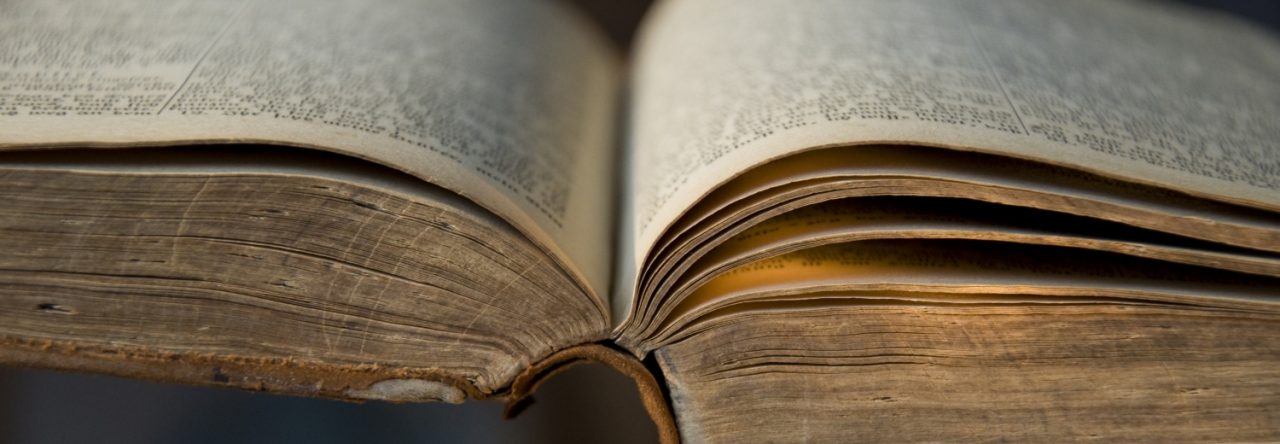I’ve seen things you people wouldn’t believe. Attack ships on fire off the shoulder of Orion. I watched C-beams glitter in the dark near the Tannhauser Gate. All those moments will be lost in time, like tears in rain. Time to die.
If you are the slightest bit into sf, the odds are pretty high that you not only know, but fiercely love the Tears in the rain monologue from Blade Runner. For me, it blew my mind when I was about 14 years old and watched the movie one night on my tiny TV. I was not only an sf fangirl back then, but was also very occupied with trying to wrap my mind around the concept of death at that time, so it spoke to me on every level.
I’ve heard and seen it quoted hundreds of times since then, up to the point where I’d actively avoid it in the hopes that it would never become trite to me. As the story goes, it was a genius piece of improvisation by Rutger Hauer.
And indeed, when I look at it now, what I see is a damn good storyteller.
So, if you think the magic is lost as soon as you know how a thing works, maybe now is the time to tiptoe out of the room and come back for the next post, because I’m going to look very closely at this quote.
Tears in the rain is not only a brilliant conclusion to an intense action sequence (and to the whole main story arc), but also a fine piece of micro-fiction. With these few lines, the universe of Blade Runner becomes so much bigger, promising things we could see, things out there, things transcending our bleak existence on Earth. That’s how you do evocative imagery and world-building, folks! C-beams? Sea-beams? What the hell are they even? Doesn’t matter, because we make up our own images. Our imagination does most of the heavy lifting here, but Roy’s words are the catalyst for the magic. No explanation needed. He knows. He has seen things. Good enough for our mind, it will gladly hop on the train to the stars now, thank you very much.
Also, with these lines, Roy’s life becomes narration, becomes a story in and on itself – the scenes we saw in the movie are maybe just a footnote (or more of an endnote) to something much larger. There are only hints, but they transform the character into something else altogether.
And Roy is transformed further by telling us the ending of his story, the ending of every story, ultimately, and giving the narration a metaphysical twist, especially considering his background.
Food for thought and food for imagination – philosophical impulse and evocative allusions – are the magic ingredients, and they are put to highly effective use here. I recommend a look at the two versions of the monologue, the one from the script and the improvised one from the movie (for example here at Wikipedia) to see that less is indeed more, and that the right words that glitter in the vast darkness approaching this scene from all sides are so much better than meticulous descriptions.
So, daring to transcend a concrete scene, and letting a strong narrator pull you in and unfold big spaces in your imagination makes for very convincing storytelling. I wouldn’t mind at all to be able to do it like Roy.
